
Before the spring of 2011, Clifford Anderson’s home in Pinaymootang First Nation, Manitoba, was surrounded by greenery. The yard had towering elm trees reaching as high as 40 feet that he and his wife Terry had planted when their sons, Stephan, 34, and Evan, 27, were kids. Theirs was the sort of garden that would make any property feel like home and the Andersons worked hard to maintain it. Seven years later the house that the Andersons had called home since the 1980s stands abandoned and uninhabitable. The Andersons’ lives were uprooted that spring when one of the worst floods in the province’s history forced the family to evacuate.
Anderson, 59, was born and raised in Pinaymootang, about 200 kilometres north of Winnipeg, a reserve located on the banks of the Fairford River, between Lake Manitoba and Lake St. Martin.
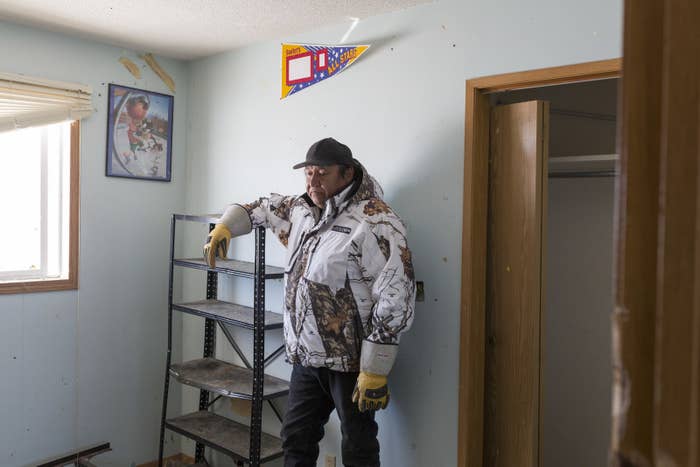
“In 1982 we got a house, one of the better ones, built off the reserve and delivered to our site,” Anderson said in a phone interview. “We had a full basement — not too many houses have that kind of basement — and in the basement we built a rec room with a big-screen television. That is where our boys had their stuff, games and everything.”
In the spring of 2011, Pinaymootang and nearby reserves Little Saskatchewan, Lake St. Martin, and Dauphin River First Nations were flooded, displacing more than 7,000 people, mostly from the First Nations communities.
“Nobody told us how much water was going to come through.”
As part of a class-action settlement, the Manitoba and federal governments agreed to pay $90 million to the four First Nations communities affected by the flood. The Manitoba Court of Queen’s Bench approved the settlement on Jan. 12, 2018, which will be distributed among claimants who come forward. The settlement is compensation for disruption costs accrued by the plaintiffs due to the flood. But the situation for Anderson, and others affected by the flood, is far from settled.
One of the terms of the settlement is that the federal and Manitoba governments do not admit wrongdoing. But Anderson maintains that the government’s flood mitigation actions, mainly its control of dams and water diversion decisions, saved some communities while sacrificing others.
“We never heard about [the water controls] or were consulted,” Anderson said. “Nobody told us how much water was going to come through.”
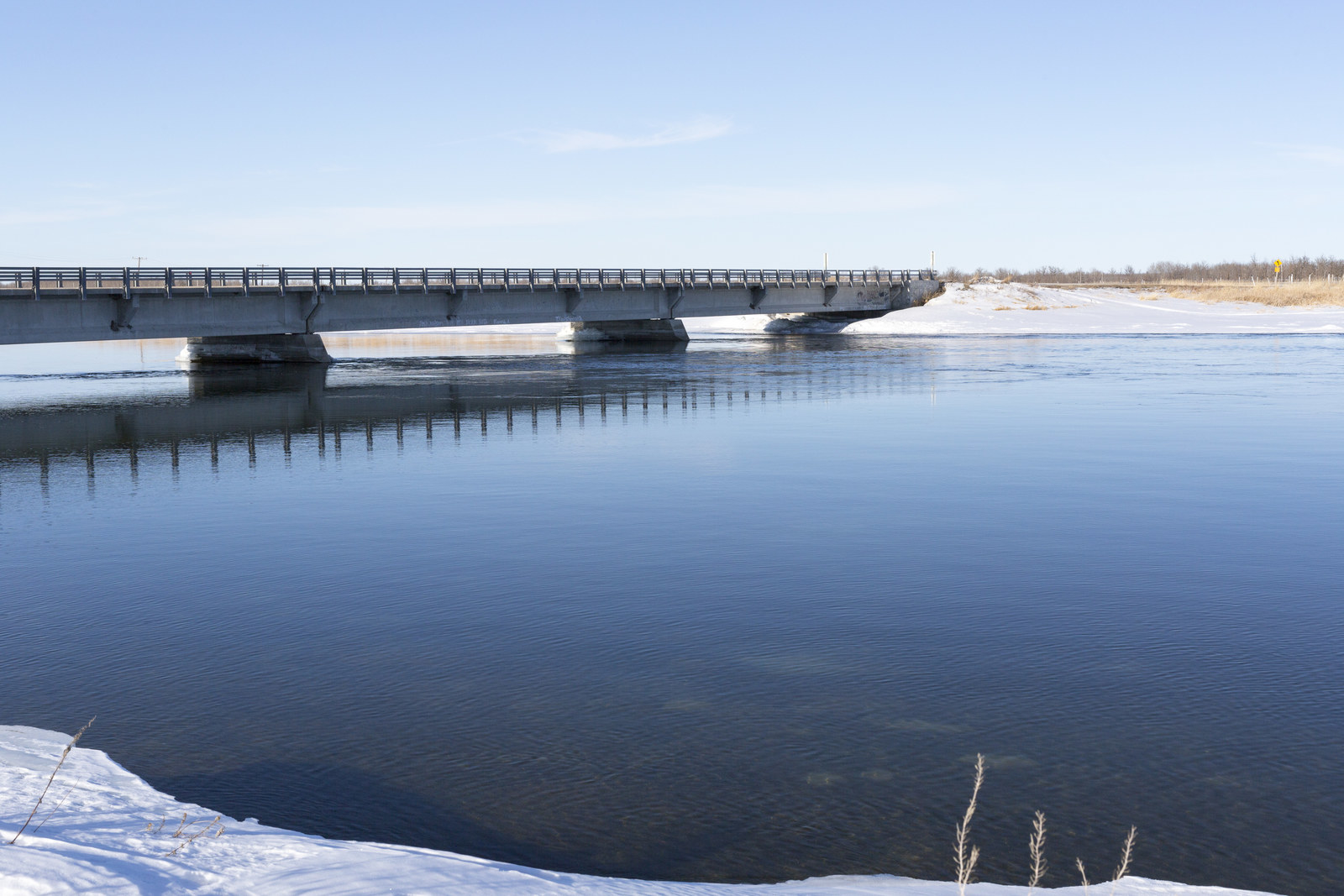
Heavy rains started falling in April 2011, dousing the east end of Pinaymootang, causing water levels of the Fairford River to rise. On a normal day the part of the river that runs through the reserve is about 180 metres wide. At the flood’s peak it was more than 1.6 kilometres wide and would eventually flood 25 homes, just in Pinaymootang, including Anderson’s.
The water levels rose slowly but steadily. There was no evacuation order, so the Anderson family relied on common sense and left when it became clear it was absolutely necessary.
“We had to leave when there was water in the basement,” Anderson said. “The sump pump was running to get the water out but eventually we started getting sick, getting nosebleeds and headaches, and moved into the trailer we had.”
“We didn’t take anything. Our winter clothes are still hanging in the closet.”
When the Andersons left their home that June it didn’t occur to them they were leaving for good so they packed only the essentials — some clothes, about one suitcase each, but not much else. They didn’t even take winter clothes (winter temperatures in Pinaymootang easily dip below -20 degrees Celsius), because they thought they would return by the end of the summer.
“We didn’t take anything. Our winter clothes are still hanging in the closet,” Anderson said. “The furniture is still there, the television is in the living room — we just left everything there. We didn’t think we would be away for seven years; we thought we were leaving for a short while, but it turns out it has been a bit longer than that.”
A proud father, Anderson recalls his boys’ life accomplishments and laments how the water destroyed some prized family mementos, particularly Stephen's and Evan’s high school graduation jackets they were given to celebrate the milestone.
“I always try to teach them to be good kids — a rarity on the reserve,” Anderson said. “They never got into trouble, never been to court, they don’t drink, smoke, or gamble, and did well in school. In the flood we also lost their graduation jackets, which are still hanging in the closet but we can’t get to it.”
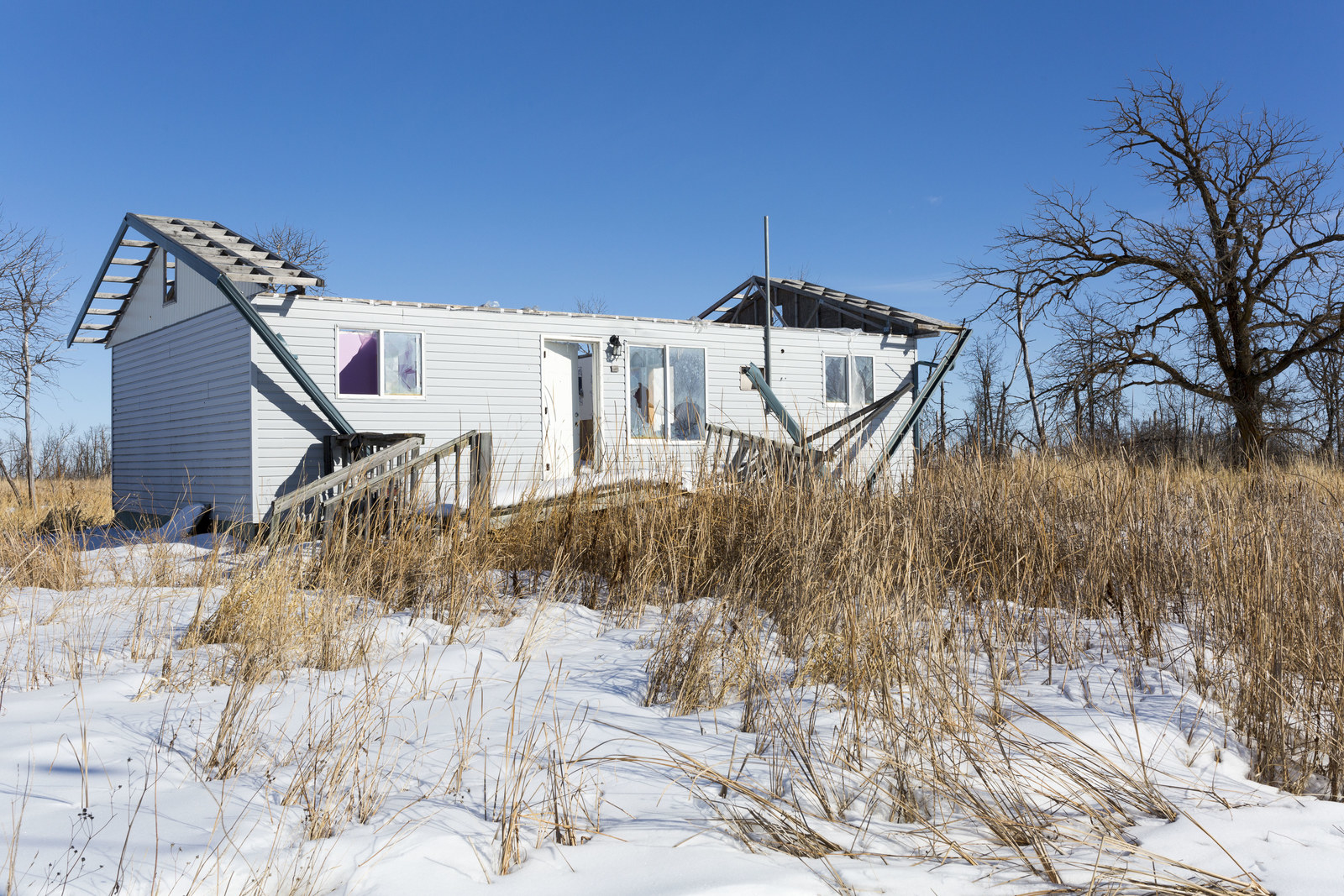
By the winter of 2011 the magnitude of the floods and its repercussions became crystal clear — returning home was never going to be an option.
That is when Anderson and his youngest brother decided to take action to see if they could get compensation for the disruption and what they had lost. Instead of relying on the reserve’s chiefs and councils for compensation, Anderson and his brother sought the advice of Winnipeg-based law firm Troniak Law. When the Troniak lawyers took on the case, it brought on Ontario-based class-action experts McKenzie Lake Lawyers.
Residents of the neighbouring reserves caught wind of the Anderson brothers’ legal action and wanted to get involved. Eventually representatives from Little Saskatchewan, Lake St. Martin, and Dauphin River First Nations were included in the class-action lawsuit. (Troniak Law emphasized that this class-action case was initiated and directed by individual plaintiffs and is entirely separate from negotiations between the governments and the chiefs and councils of the four reserves.) The first meeting to discuss the lawsuit was called on Jan. 26, 2012, and the class-action suit was filed on April 3, 2012.
“We didn’t want to have the meeting on the reserve, because right from day one my brother and I didn’t want this to be a political issue. We wanted to file this as individuals,” Anderson said.
He added that, historically, people living on reserves often rely on their chiefs and councils for support. But Anderson wanted to get back what he had lost through self-determination.
“There has been … that mentality that they have to get approval from somebody to do something but [my brother and I] talked about it and said nobody is going to do anything for us,” Anderson said. “We lost a lot personally. We lost our belongings and our chosen place on the reserve. My family had to practically start from scratch.”
If the brothers had decided to go through the reserve band, the only compensation they could have received would have been for property losses — and nothing else. And it wasn’t just keeping their independence that was important but also settling the class-action lawsuit in an expedient manner. Anderson knows of lawsuits between bands and governments that have dragged on for decades.
The $90 million settlement was reached within six years, in October 2017. But the amount isn’t close to the $950 million for which the plaintiffs originally asked. However, the lawyers’ original contingency fee of 25% was lowered to 15%.
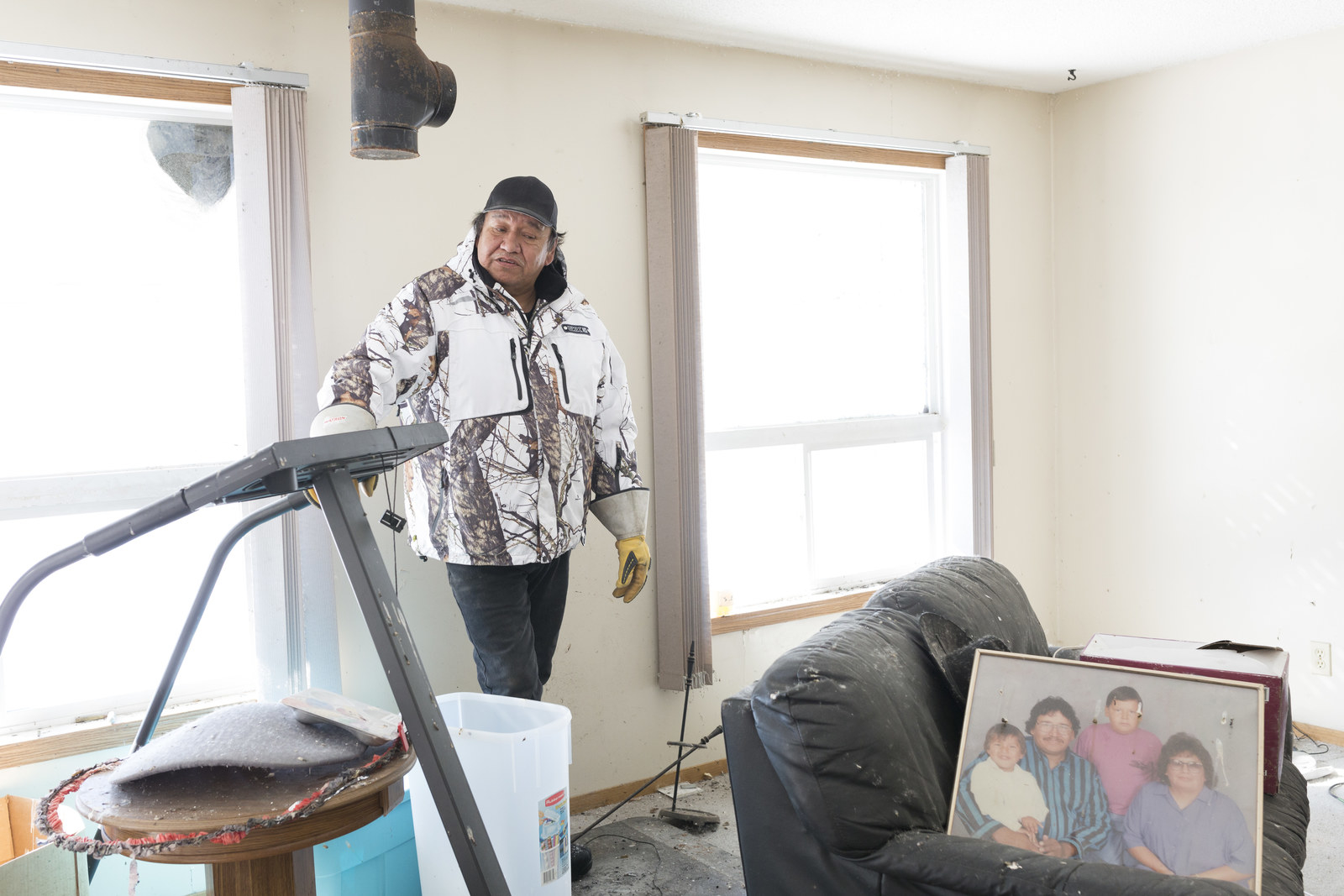
Eric Troniak, a consultant at Troniak Law Firm, said the government was caught off guard with the amount of water that spring and that showed in the lack of preparation, including inaccurate weather forecasting.
Troniak emphasized that the government’s water control decisions — to divert the water from Winnipeg and Portage La Prairie — were tough but it had the legal right to do so.
“The [Manitoba] government controls the dam and how to release the water,” Troniak said. “There was a conscious decision to divert the water [which led to] flooding the four First Nations communities.”
He said the four reserves’ chiefs and councils and residents, have confirmed that very little notice of the water diversion decision was given to residents, leaving little time for evacuation or mitigation measures.
“Nobody is disputing that [the government] didn’t have the right,” Troniak said. “We are not saying that they should have flooded Winnipeg and flooded other people out. But if you flood somebody, you adversely affect them, and dislocate them and destroy their life … you come to the table and negotiate and say, ‘We know you paid the price and we are going to compensate you for that.'”
Which is ultimately what the government did.
A Manitoba 2011 Flood Review Task Force report, published in 2013, found that the province provided adequate flood mitigation measures and worked effectively with rural municipalities, including First Nations.
Troniak said the report’s findings do not match the sentiments of the flood victims he spoke with.
“That is not what the First Nations feel and [of course] the government is going to come out and say they have that interpretation,” Troniak said. “They may feel that a phone call and giving 24 hours’ notice to put up a few sandbags is working effectively, but to me it’s not and not to most reasonable people — that was just their opinion.”
Manitoba’s water woes are far from over. If anything, water is increasingly a problem for all Manitobans including the province’s First Nations.
“There has been a lot of flooding after that,” Troniak said. “There are going to be many more of these [cases] in and outside of Manitoba — this is just the start of potentially more.”
What if the province had allowed water to flow naturally that spring in 2011? What if flood victims were in Winnipeg and not First Nations communities? Legal action is not a potentiality for First Nations but all Manitobans in major flood events.
“Just because people happen to be First Nations and live on reserves, should we wash our hands and [pretend] it doesn’t matter?” Troniak said. “This is about fairness and there are a lot of flood issues here that are coming to the fore.”
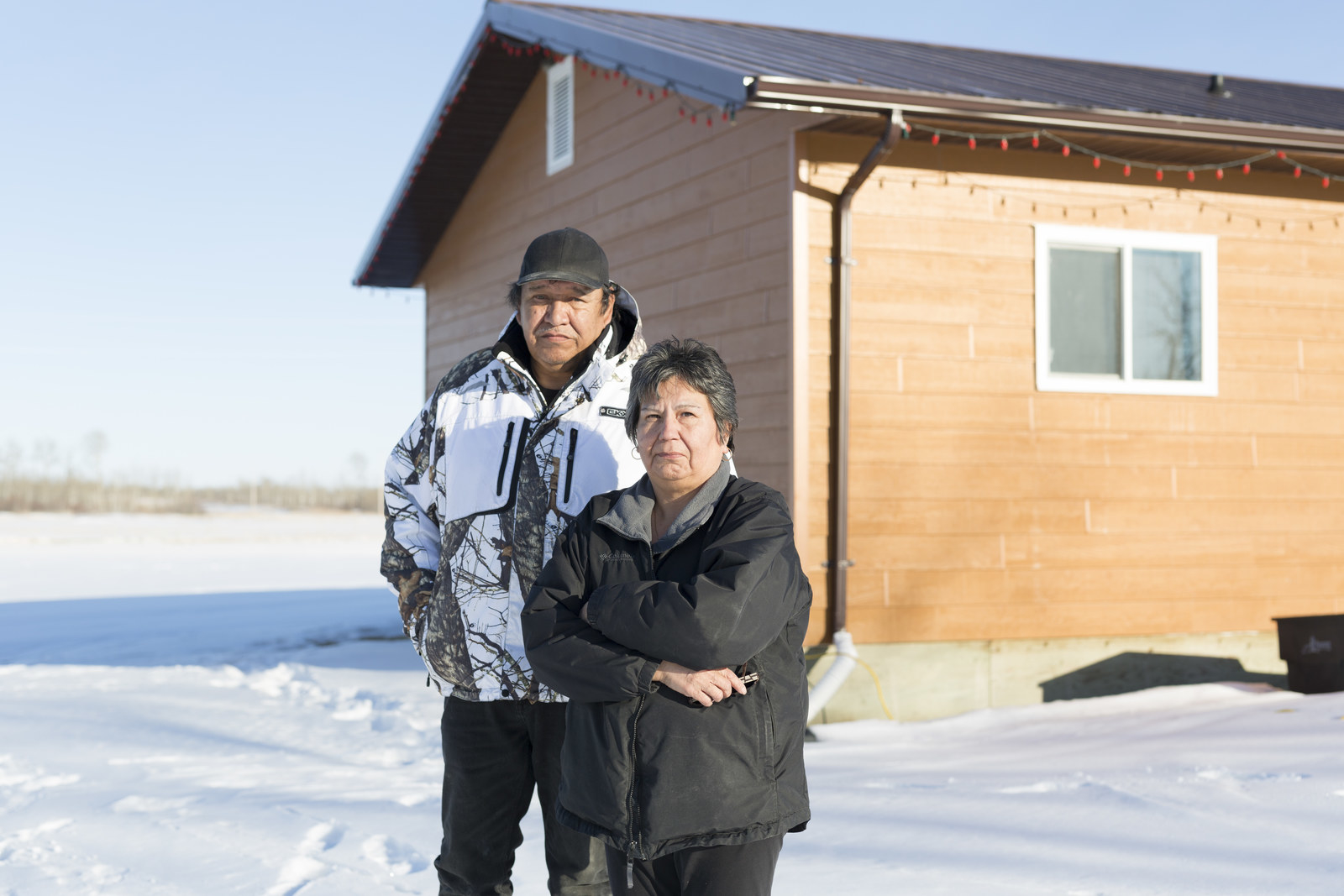
Floods and other natural catastrophes don’t stop the passing of time. Houses flood, families lose everything, but life goes on.
And Anderson experienced that first-hand.
Once the Anderson family evacuated they still had jobs to go to and bills to pay. So the family settled temporarily in an RV at a campground just outside the reserve. The RV was an old one. It didn’t have air conditioning, had no stove, nor a fridge. Realizing that the family couldn’t stay in those living conditions long-term, especially during winter, the Andersons had to take out a loan to buy another RV, one that could house them more comfortably. And that’s how expenses due to the evacuation started adding up — the new RV alone cost $14,000.
And as the years pass, the victims of the 2011 Manitoba flood age and their health deteriorates.
One of Clifford’s biggest regrets is that his mother Ruth will never see her home again. He is not just sorry his mother had to evacuate but that her last memory of her home was that of flooded property, not the home that had been in the family for generations. One day, after Ruth had evacuated, she returned to the area, which is when Clifford spotted her outside the house, crying.
“I asked her why she was there and she said she wanted to see what it looked like but didn’t realize it was that bad — the house was sitting in a lake,” Clifford said. “Ever since she had to move out of the house it was stressful for her.”
Ruth always talked about going back once the water receded but she died in March 2013 from a heart attack.
Some victims, including Clifford’s mother and two of his sisters, have since died. These were factors in Clifford and his co-plaintiffs’ decision to agree to the settlement.
“In the years since 2011 there have been a lot of people who have passed on because of health issues, and suicide and depression is really bad for some people,” Clifford said. “It’s not perfect — nothing ever is — and I don’t know what the ideal [settlement] amount would have been.”
“Even though it took this time, I think it happened fairly fast. I knew we were never going to get the original amount but I can’t say I’m satisfied with what we got. When you divide this among the four reserves, it’s not very much.”
Clifford and his wife have a new house back on the reserve and live close to their relatives. They have once again started to tend to their garden with the hopes of growing it to the stature of their previous one. But despite all of their losses, everything they had to go through due to the floods, they are the lucky ones. Because there are others who will never have the chance for a new beginning, whose last memories of their family homes are of abandoned property engulfed by water. ●
